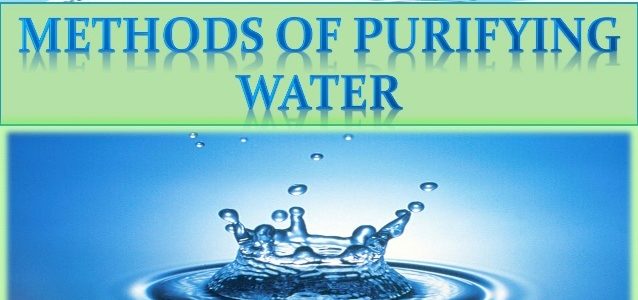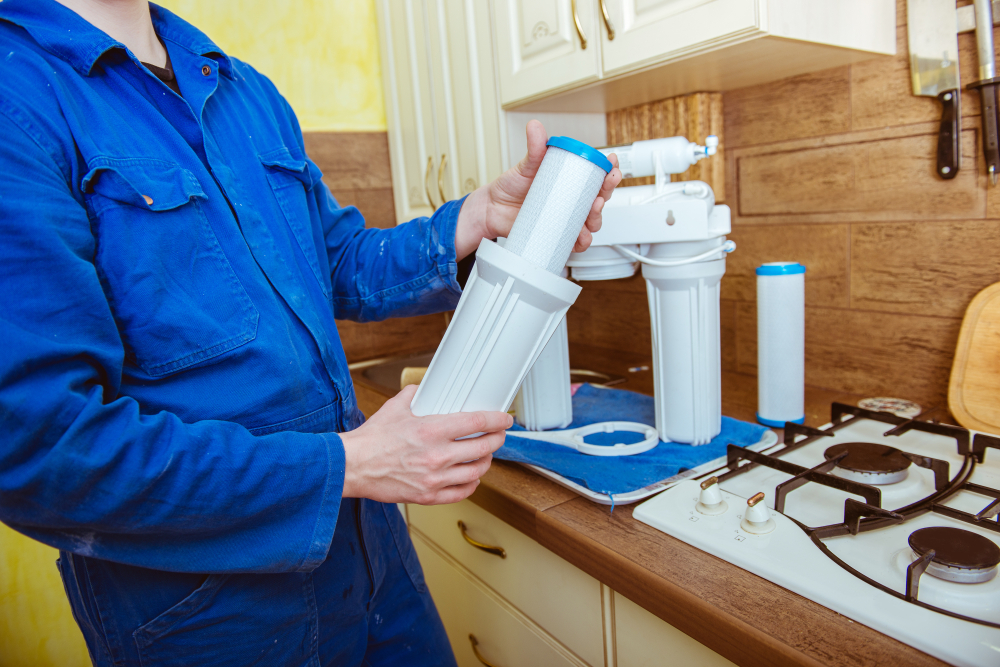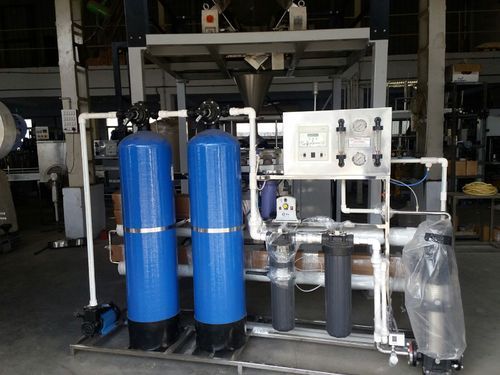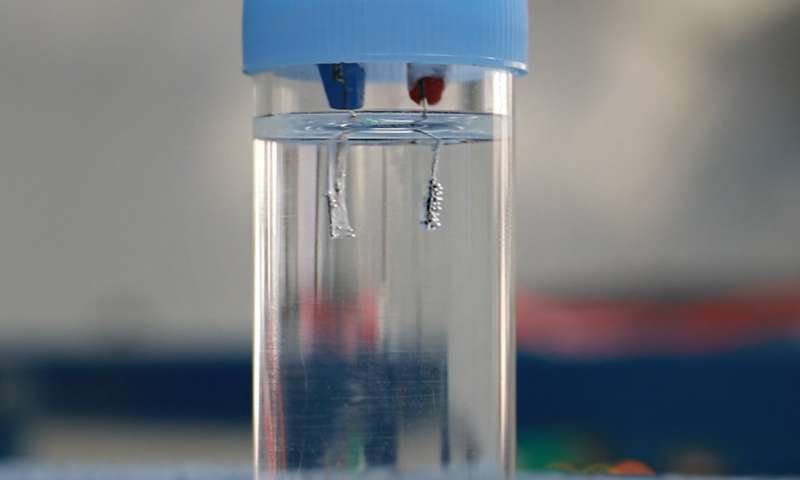Water purification methods

The World Health Organization notes that most human ailments are caused by poor quality drinking water. And that even a “respectable” looking liquid can conceal a lot of harmful components. To all who value their own health and the health of their loved ones, experts recommend purchasing water filters – we will tell you how to choose them. To select a quality filter, you will need the help of a water filter installation service.
Methods for purifying water
To purify water from harmful substances, it is necessary to pass it through a special medium – this is the principle of filtration technology. Depending on the type of medium used, there is a change in the properties of the liquid. Different filters use their work resources. To ensure the acceptable content of impurities in the liquid, they must be changed before the resource is completely exhausted.

Mechanical
Mechanical filtration is carried out in order to remove insoluble mineral and organic impurities from water. A positive quality of this process is the ability to use it at normal temperature without adding chemicals. Typically, this treatment is a preliminary, in rare cases, the final method of water treatment.
Sorption
Sorption purification of a liquid implies the use of porous materials that bind and retain impurities. Carbon filler is often used. It is effectively used in the presence of inorganic and organic substances in water, as well as chlorine compounds. The main disadvantage of sorption filters is the very large dimensions of these devices. The filling of the fillers in them occurs in several layers to ensure the most complete release from hazardous substances. Charcoal filters require proper care. Only professional service guarantees high-quality and efficient filtration. Since bacteria can settle in the pores of coal to rinse it, use hot water.
Ion exchange cleaning
The ozone used in this filtration acts as an oxidizing agent, which, when passing through water, quickly and efficiently cleans it of bacteria, viruses and parasites. However, ion-exchange purification alone will not be enough, because such filtration: does not remove heavy metals, minerals and pesticides; ozone, unlike a chlorine similar in effect, decomposes very quickly and there is no residual cleaning effect. Also, water ozonation will be expensive, for this reason it is not a good idea to use ion-exchange purification at home.

Membrane
With membrane filtration, high purification is ensured due to the exact division into elements of impurities present in the liquid. The main advantage of using membranes is that impurities will not remain there, their removal is due to the drainage system. However, this method of water purification has 1 nuance: during processing, the accumulation of impurities occurs extremely close to the membrane itself. A similar phenomenon is called concentration polarization, which can affect the filtration results and reduce the membrane properties.
Electrochemical
During electrochemical purification of water, an electric current passes through it, as a result of which the impurities contained in the liquid usually decompose into non-toxic substances. The main advantages of this method are the small size of the complex, ease of operation, lack of need for reagents, effective bactericidal cleaning. However, there are certain disadvantages, namely, low productivity and high energy intensity.

UV disinfection
UV disinfection is considered universal because it destroys all types of contaminants. The environmental friendliness of the cleaning method, its low cost and the lack of need for expensive after-sales service are also noted. After filtration, the structure of water does not change, and all useful elements are stored in it.
